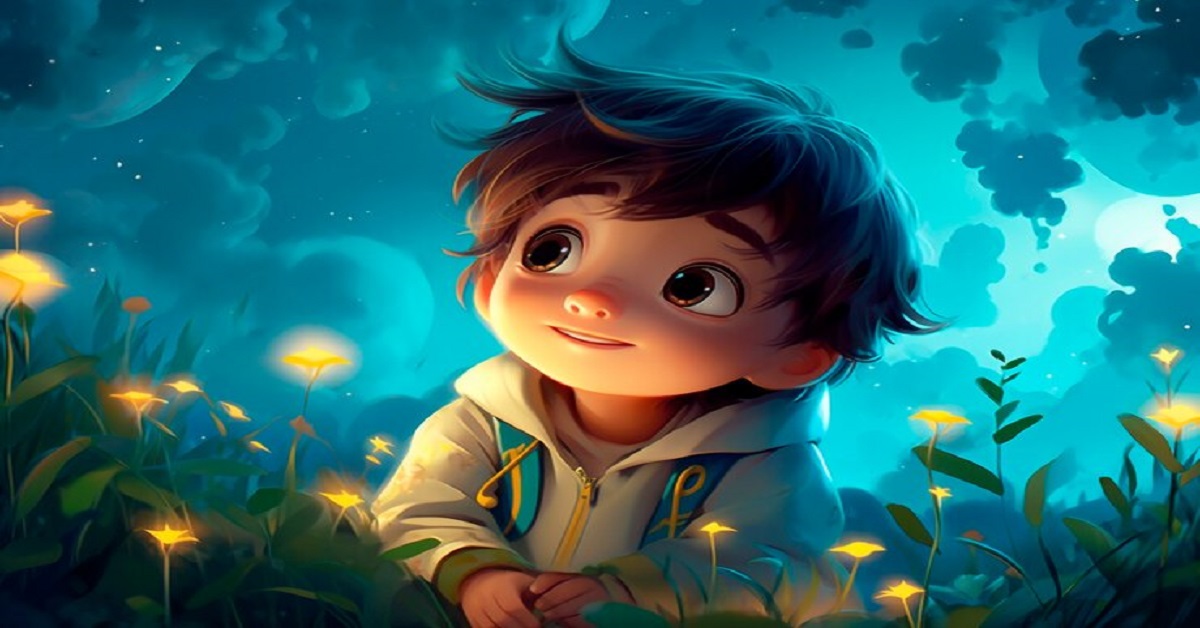Introduction
In recent years, the art world has witnessed a growing fascination with “cute” aesthetics, a trend that extends beyond simple visual appeal to influence various forms of artistic expression.
This phenomenon, often characterized by endearing and charming imagery, has garnered widespread popularity, from mainstream media to niche art communities. This article delves into the multifaceted nature of cute art, examining its historical roots, defining characteristics, cultural significance, and its impact on contemporary art.
1. Historical Roots of Cute Art
1.1 Origins in Japanese Culture
The concept of cuteness, or “kawaii,” has deep roots in Japanese culture. Emerging in the late 20th century, kawaii culture became a significant cultural and aesthetic movement in Japan. It was initially associated with youth subcultures and has since permeated various aspects of Japanese society. The term “kawaii” translates to “cute” or “adorable,” and its use is evident in everything from fashion to entertainment.
1.2 Western Influences
In the West, the appreciation of cute art has historical precedents as well. From Victorian-era illustrations of children and animals to mid-20th-century cartoon characters like Mickey Mouse, Western culture has long embraced elements of cuteness. However, the modern phenomenon of cute art as a distinct genre is more recent, influenced by global exchange and the rise of internet culture.
2. Defining Characteristics of Cute Art
2.1 Visual Elements
Cute art is often characterized by specific visual elements that evoke a sense of warmth and affection. Key features include:
- Exaggerated Features: Large, expressive eyes, round faces, and small bodies are common traits in cute art. These features often create a sense of innocence and vulnerability.
- Bright Colors: Vibrant and pastel color palettes are frequently used to enhance the playful and light-hearted nature of the artwork.
- Simplified Forms: Minimalist and simplified designs contribute to the approachable and non-threatening quality of cute art.
2.2 Emotional Resonance
The emotional impact of cute art is central to its appeal. The genre often aims to evoke feelings of happiness, comfort, and nostalgia. By charmingly presenting familiar or idealized imagery, cute art creates a sense of emotional connection with viewers.
3. Cultural Significance of Cute Art
3.1 Impact on Pop Culture
Cute art has significantly influenced pop culture, manifesting in various forms such as:
- Entertainment: Characters like Hello Kitty, Pikachu, and Minions have become cultural icons, transcending their original media to influence fashion, merchandise, and more.
- Social Media: Platforms like Instagram and TikTok have become hotspots for sharing and celebrating cute art, contributing to its widespread popularity.
3.2 Psychological and Social Implications
The appeal of cute art extends beyond mere aesthetics. Psychologically, cute imagery can invoke feelings of nurturing and protectiveness, which may contribute to its widespread acceptance and enjoyment. Additionally, cute art often serves as a form of escapism, providing a comforting contrast to the complexities of modern life.
4. The Evolution of Cute Art
4.1 From Traditional to Digital
The evolution of cute art can be traced from traditional forms of illustration to contemporary digital media. Historically, cute art was primarily seen in children’s books and animated films. Today, digital platforms allow for a broader dissemination and reinterpretation of cute art, with artists leveraging social media and online communities to reach global audiences.
4.2 Contemporary Trends
Modern cute art often incorporates contemporary themes and technologies. For example:
- Augmented Reality (AR): Some artists use AR to bring cute characters to life in interactive ways.
- Collaboration with Brands: Many artists collaborate with brands to create limited-edition merchandise featuring cute designs, blending art with commercial appeal.
5. Notable Artists and Artworks
5.1 Influential Figures
Several artists have made significant contributions to the genre of cute art. Notable figures include:
- Sanrio: Founded by Shintaro Tsuji, Sanrio is renowned for creating iconic characters like Hello Kitty. The brand’s success is a testament to the enduring appeal of cute art.
- Takashi Murakami: Known for his “super flat” style, Murakami incorporates cute elements into his work, blending traditional Japanese aesthetics with contemporary pop art.
5.2 Iconic Works
Some iconic works of cute art have left a lasting impact on the genre. Examples include:
- Hello Kitty: Introduced in 1974, Hello Kitty has become a global symbol of cuteness, influencing various aspects of popular culture.
- Adventure Time: This animated series features a whimsical and charming visual style that has resonated with audiences of all ages.
6. The Future of Cute Art
6.1 Emerging Technologies
As technology continues to advance, the future of cute art will likely see new innovations. Virtual reality (VR) and artificial intelligence (AI) may offer new possibilities for creating and experiencing cute art, further expanding its reach and impact.
6.2 Sustainability and Ethical Considerations
The growing awareness of environmental and ethical issues may influence the production and consumption of cute art. Artists and consumers alike are becoming more conscious of sustainability, which may lead to changes in how cute art is created and marketed.
Conclusion
Cute art is more than just a visual trend; it represents a multifaceted phenomenon with deep cultural, emotional, and psychological implications. From its historical roots to its contemporary manifestations, cute art continues to captivate audiences around the world.
As it evolves and adapts to new technologies and social contexts, the charm of cute art is likely to endure, continuing to bring joy and comfort to people of all ages. Through its endearing visuals and emotional resonance, cute art serves as a reminder of the power of art to uplift and connect us in meaningful ways.
